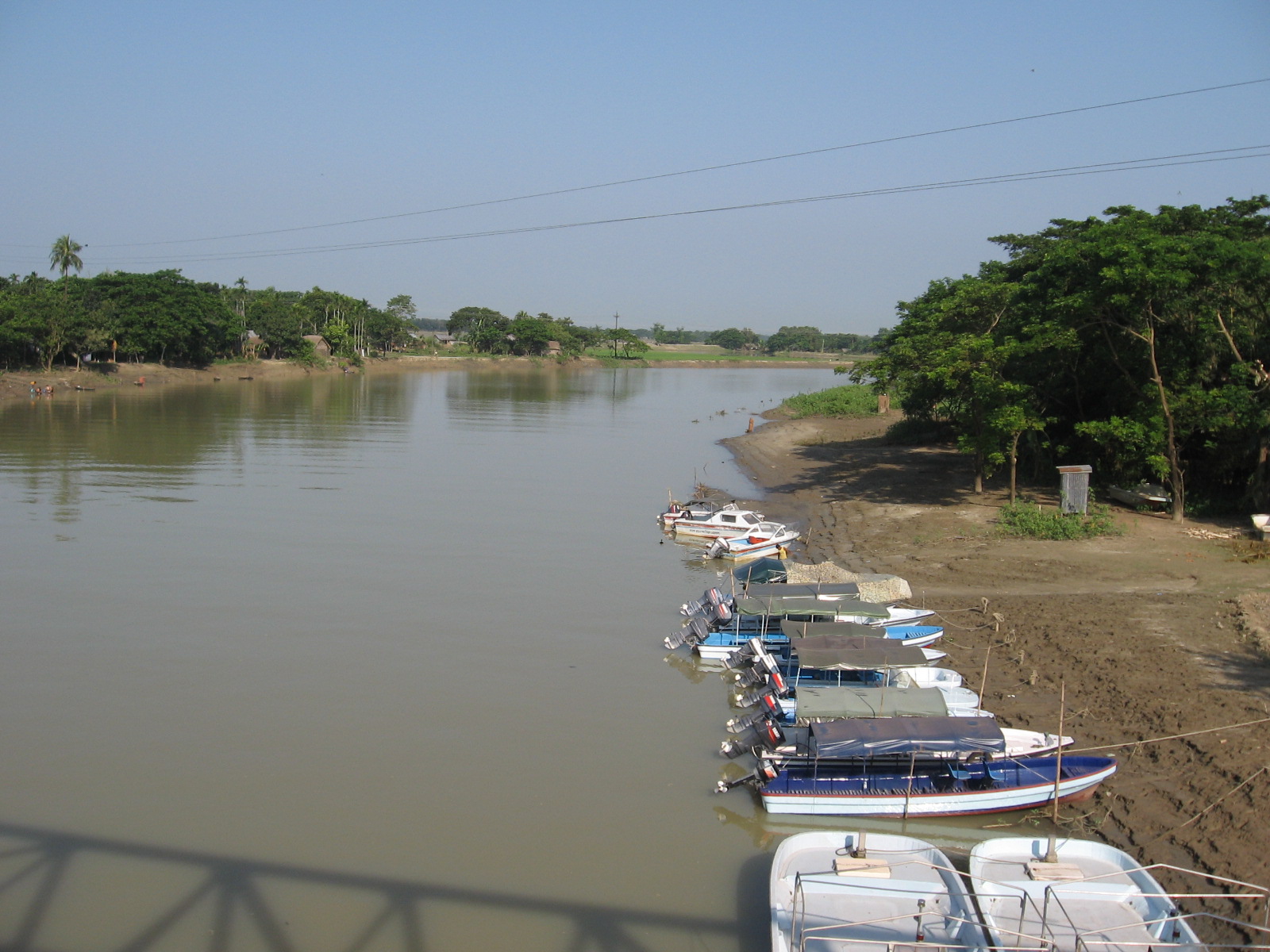The Magic of the East Garo Hills

The beautiful state of Meghalaya never ceases to amaze me and treat my sore urban eyes. The pristine environment of the hills and valleys, the warm and hospitable people, and the eclectic food fare linger on my senses for over a long time even after I am back from my trips. Although the state might appear quite tiny, there are plenty of interesting things to see and do in different pockets of Meghalaya. And it is not possible to cover everything in a single trip.
While I had been to the more popular and the best places of Meghalaya, the East Garo Hills was one part of this wondrous land of the North East that remained untouched for me. I was traveling through Guwahati so I booked a reliable Guwahati taxi service with an experienced driver who would know the roads and the routes well. It took me nearly five and a half hours to reach via NH 17 from Guwahati airport. Though the distance is only 212 Km, the hilly roads take longer than expected.
This entire western stretch of Meghalaya is indeed serene and less crowded than Shillong or similar towns. The hills just add to its charm with breathtaking views and scenic locales. Most of the travelers who visit here would be those like me who seek peace and tranquility in the lap of nature.
The most active part of the East Garo Hills is in Williamnagar, where I was headed. As I drove towards my destination, my resourceful cabbie enlightened me on East Garo Hills, its culture and people.
The Garo People
This entire region is inhabited by various sects of the Garo tribe, their history, and culture making it the most integral part of this district’s existence. Their heritage is what attracts people to come and explore and learn in depth about Meghalaya. After Khasi, the biggest ethnic tribe of Meghalaya is the Garo of which a large population of Hajongs, Rabhas, Banais, Dalus, and Boro communities have made their East Garo Hills their home for generations. They would mostly engage in weaving, mining, animal and dairy farming. The locals here are warm and hospitable, which I had experienced since my earlier trip to Meghalaya. The largest town in the East Garo Hills is Tura, followed by Williamnagar.
Absorbed in the conversation while soaking in the surrounding views, I didn’t realize that we had already reached Williamnagar. Spreading across an area of 2603 sq. km. this tiny town was named after Captain Williamson A. Sangma, the founder Chief Minister of Meghalaya. With a clean environment and neatly planned infrastructure, this town made me like it instantly. But the real beauty of the East Garo Hills was yet to unfold and it could only be experienced once I explored more.
Gifts of Garo
Bordered by the South Garo Hills on the south, East Khasi Hills on the East, West Garo Hills on the west, and parts of Assam on the north, the East Garo hills offers the best views of all the mountains. My personal research and findings led me to explore the Pelga Falls, Siju Caves, and Simsang River.
Simsang River
Since the town of Williamnagar was right on the plain lands of the Simsang River, heading to the riverside was the first thing I did. Passing through Simsanggre, the Simsang is a major river in Meghalaya and the most important one in East Garo Hills. It cuts these hills into two and feeds the adjacent plains and the tribal villages. Gurgling and rapid, the Simsang River flowing against the background of the densely forested hills, made for a magnificent sight. The upstream is responsible for the lovely waterfalls which I explored later.
At barely an hour’s drive from the town, I reached this gorgeous waterfalls of Rong’bang or the Rong’bang Dare, as the locals called it. This sprightly cascade is a tributary of the Simsang River that drops down from the steep cliffs of the Garo Hills. A perennial stream cutting through the lush green forests of bamboo was pure delight for the eyes and the soul.
Pelga Falls
Another hour on the Tura Williamnagar Road. The pride of East Garo Hills, the Pelga Falls seemed like a hot spot for trekkers, backpackers, and picnickers. There was a paved pathway to reach a certain vantage point to view the complete falls.
Siju Caves
Sitting southwards from Williamnagar, towards Nengkra, was this cluster of ancient caves sitting on the banks of the Simsang River. It is said that the Siju Caves is the third longest cave system in the Indian subcontinent and also referred to as the Cave of Bats. A dense labyrinth of passages, niches, and dark tunnels, this was a place of ultimate surrealism.
Overall, it was a fulfilling journey and opened up a new side of Meghalaya for me, but leaving me hungry for more such wonders to experience.
Pro Tips
The best time to travel is during or right after the monsoon, particularly for the waterfalls.
Especially when traveling across states, make sure to book a licensed cab service so you can have a hassle-free journey.
Akshay Sharma
Latest posts by Akshay Sharma (see all)
- YOUR NEXT VIRAL BOHO LOOK STARTS WITH GREEN KYANITE RINGS - July 2, 2025
- How to Apply for Partner Visa 801: Full Guide for 2025 - June 26, 2025
- How much water should a nephrologist drink? - June 20, 2025
- Fuel Efficiency Tips for Your Mahindra Bolero – Maximize Your Mileage - June 4, 2025
- How AC Coil Cleaning Prolongs the Life of Your System - May 28, 2025
